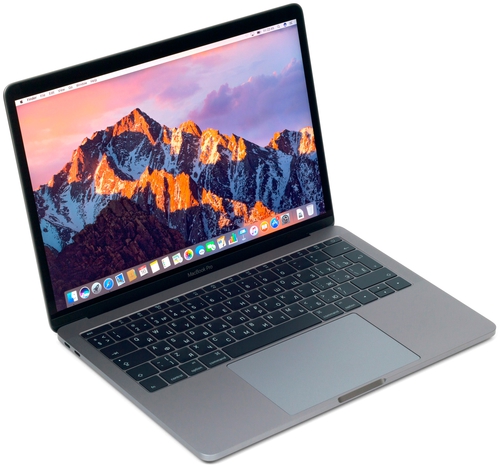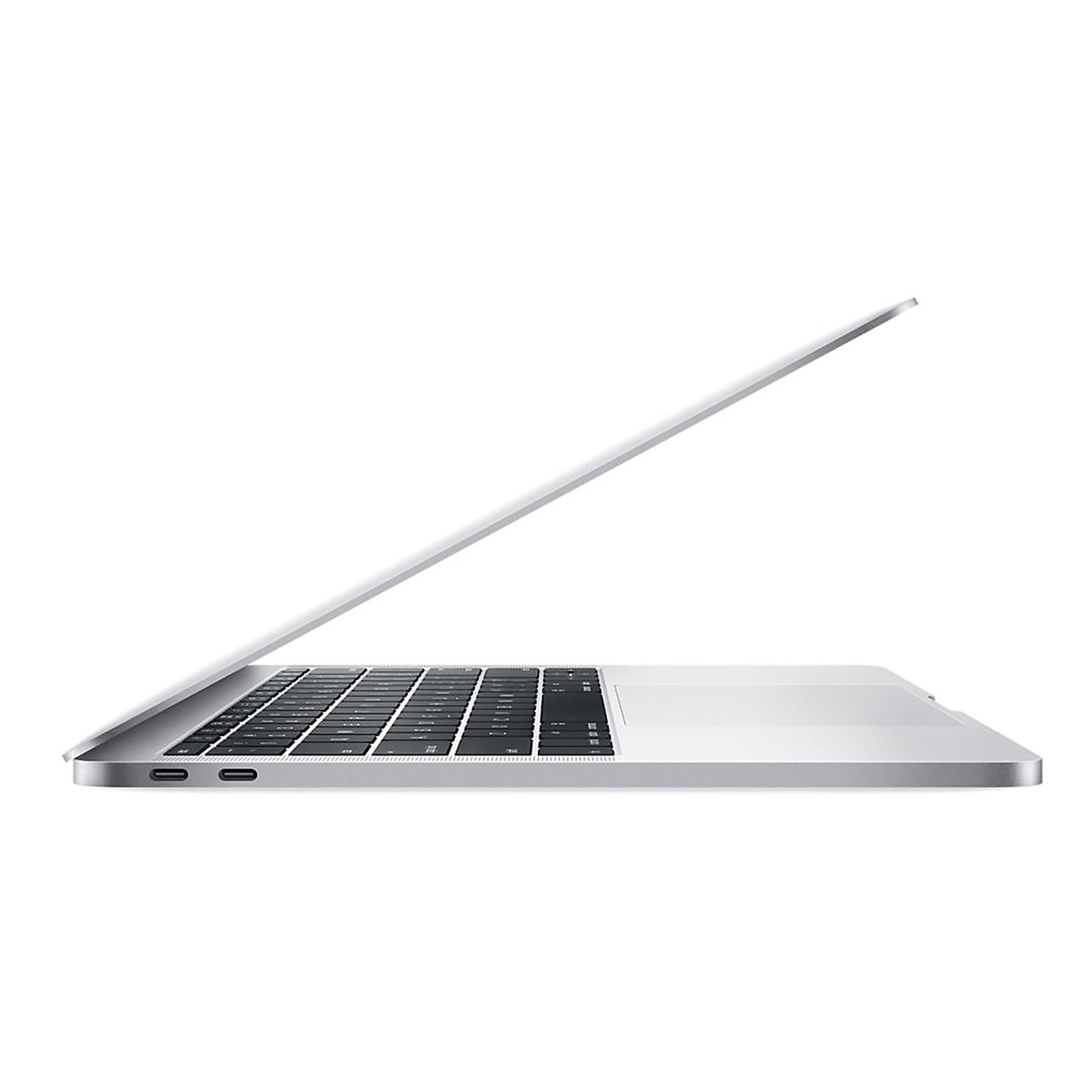

However, as I stated at the start of this post, my LG 5K monitor worked well for about 4 days before these issues developed, so I'm still not sure if this is a software issue (my best guess), a hardware issue with the MBP, or a hardware issue with the LG 5K. NOTE: I just brought my MBP into an Apple Store and connected to an LG 5K UltraFine floor model, and it worked. I hope Apple addresses the issues with 10.12.3. This video is one example of what happens consistently. the UltraFine 5K will sometimes turn on for a split second but never stays on consistently. sometimes it causes a kernel panic in the MBP eventually the MBP always becomes totally non-responsive When I first purchased my LG 5K UltraFine 27" monitor to pair it with my Late 2016 13" MacBook Pro with TouchBar, I thought it was a match made in heaven.Īfter about 4 days of working correctly without any issues, suddenly this pairing became an absolute nightmare of non functionality.Ĭonnecting the MBP to the 5K monitor no longer works *at all*.

The report is as follows:ĬPU Machine Check Architecture Error Dump (CPU: Intel(R) Core(TM) i5-6267U CPU 2.90GHz, CPUID: 0x406E3) Not sure if its hardware or software issue or both. For now, the keyboard is adequate, and with some minor adjustments it could go from being something that's easy to like to being easy to love.The moment I connect to the monitor via the USB Type C port, both the MBP and monitor will flicker before the MBP crashes. We're confident that this could be alleviated with a little bit more travel – say, up to 1mm or even 1.5mm. In comparison, the new Pro's keys are cold, harsh and calculated undoubtedly efficient yet lacking in personality. The wobble of the MacBook Air and Pro's keys almost gave them character as you bounced from one key to the next. 3.3GHz dual-core i7 with Intel Iris 550 graphics, 1.5GB RAM allocation. Spec as tested: Late-2016 Apple MacBook Pro 13 with touch bar.

Typing never becomes uncomfortable, but it is curiously unsatisfying. I’ve been using one of these new machines since the start of December, which is long enough for performance and battery life to settle down, and to figure out how it fits into the workflow overall. The unfortunate part is that hammering on them for hours a day, as we have been for the past week, starts to feel like a chore after a while. The switches' clicky nature allows you to settle into a more comfortable typing rhythm, and it's possible to bash out plenty of words in a short space of time. It offers a much improved typing experience over both the 12-inch MacBook and previous MacBook Pros. It has allowed Apple to achieve the machine’s slim dimensions, features per-key backlighting that results in zero light bleed, and its enlarged keycaps make sense considering the MacBook’s newly enlarged trackpad.
#Late 2016 macbook pro 13 plus
On the plus side, the new keyboard is a fantastic fit for the new MacBook’s aesthetic. Want to use a mechanical keyboard and a wired mouse? Then you’re going to need a USB-C adapter that provides additional USB-A ports.
#Late 2016 macbook pro 13 free
In fact, the 13-inch MacBook is more compromised than the Air because, assuming that you want to keep one USB-C port free at all times to charge it, that leaves you with a single port for connecting devices. However, Apple’s decision to only include two ports on this entry-level MacBook Pro is an unfortunate limitation, and it also positions the machine as a direct MacBook Air successor. The multi-talented USB-C standard allows you to connect peripherals and hook up external displays to your MacBook while charging the machine at the same time.įar more versatile than USB-A and capable of much faster transfer speeds (40Gbps versus 60MBps), USB-C is undoubtedly the future of connectivity. All of the above have been replaced with two Thunderbolt 3.0-speed USB-C connections. Previous 13-inch Pros featured a healthy array of connections – including HDMI, mini DisplayPort, two USB-A ports an an SD card reader.


 0 kommentar(er)
0 kommentar(er)
